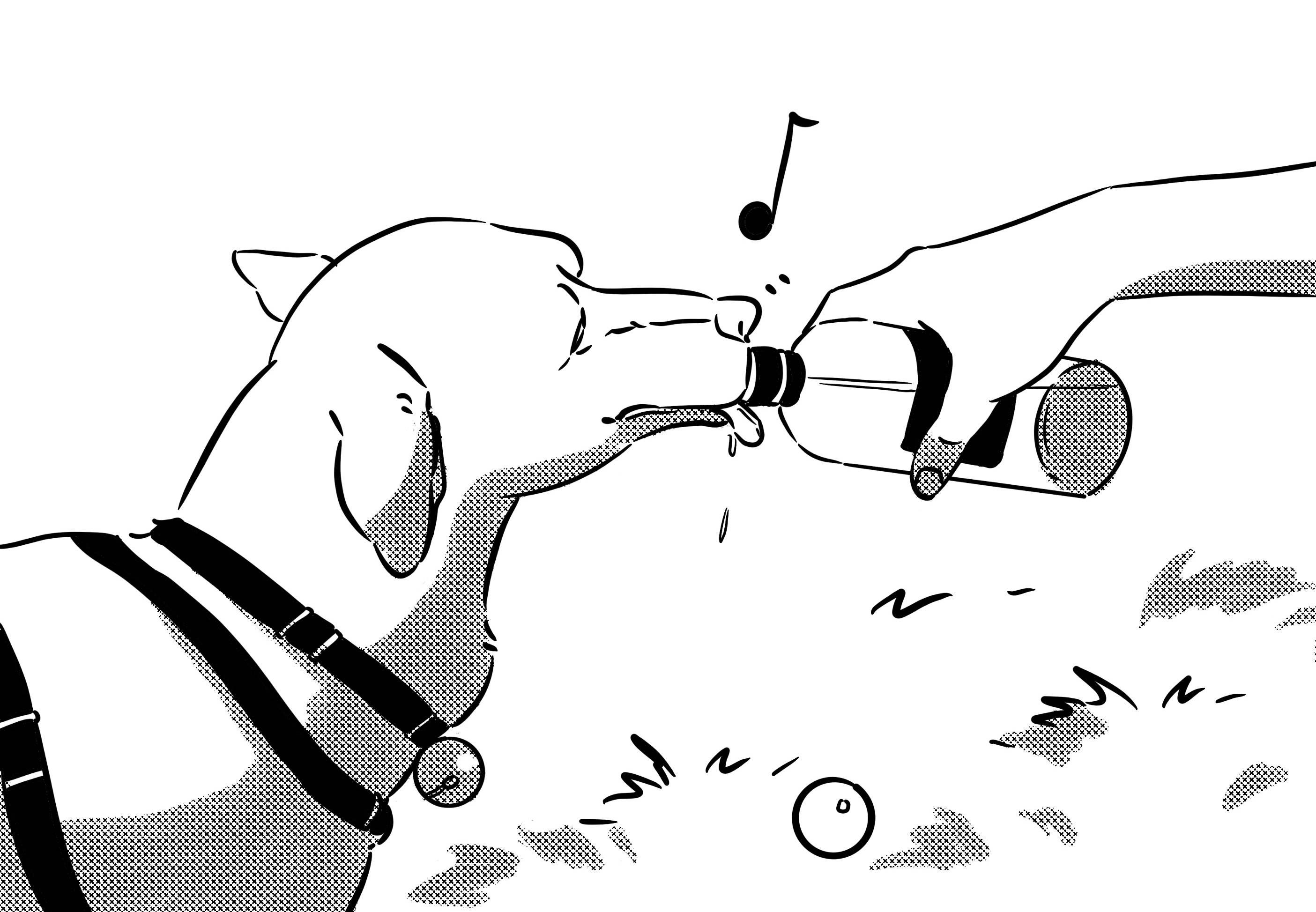Just like humans, dogs need water to keep their bodies hydrated. Water is important for a dog’s body and serves many important functions from keeping them hydrated, removing waste, helping with proper digestion, and promoting good urinary tract health.
The challenge is keeping dogs hydrated, and you may be wondering how you can make sure they get enough water to promote good health. Of course, your dog doesn’t know how important it is to drink enough water. They depend on you to make sure water is available to them so they can stay hydrated. Let’s talk about some ways you can keep your pups hydrated.
Ways to Keep Your Dog Hydrated
Dogs can be a little like humans and forget to drink enough water throughout the day. They don’t have a great understanding of how important it is to be hydrated. This leaves it up to humans to be a little bit creative when finding ways to keep a dog hydrated. Let’s take a look at a few tips that can help you accomplish this goal.
Place Water Bowls Around the House
If there is only one water bowl in the house, the chances are very high that your dog isn’t drinking enough water. Try putting water bowls in various places around the house to encourage them to drink more water. You may also put a water bowl for them outside, so they’ll have fresh water no matter where they are.
Add Water to Dog Food
You can help keep your dog hydrated by adding water to their food. Water can be added to either dry or wet dog food. Wet dog food has between 70 and 90% moisture content. Kibble only has around 10% moisture content. Dry food can handle more water being added to it. Just make sure the water is not too cold. Try adding lukewarm water to the kibble. Add equal amounts of water and dog food, then let it soak for 10 to 15 minutes before giving it to your dog.
Use a Larger Dog Bowl
The bowl you use to provide your dog with hydration should have at least a quart capacity. In general, dogs will drink between 20 and 40 milliliters of water a day for each pound of body weight. That means a dog that weighs 50 pounds needs between four and eight cups of water each day.
You may have noticed that dog bowls come in sets that contain the same size bowls for their food and their water. However, to ensure proper dog hydration, the water bowl should be bigger than a food bowl.
Make A Doggie Smoothie
A unique way to make sure your dog gets hydration is by making a smoothie for them. Don’t use any ingredients like sugar that could hurt or be bad for your dog. You can use a very small amount of non-fat Greek yogurt in the smoothie.
A larger dog can have more than a smaller dog. If your dog is lactose intolerant, don’t use yogurt, just add more ice in its place. Add green vegetables like spinach. Blueberries, apples, and strawberries are good options. Fruit can help with hydration, and your pup will love the smoothie!
Take Water with You
When you leave the house with your dog, take water with you. Some public spaces provide drinking fountains for dogs, but many of them do not. Don’t get caught out without enough water for your dog. Carry a small container or bottle filled with water even if you’re just taking a walk in the park. Keeping your dog hydrated is important when they are out running around, especially if it is hot outside. You can use a food bowl, a travel dog bowl, or a collapsible water bowl. Any of these are easy to toss into a small bag that you keep packed for walks or travel. Keep other important travel items ready to go at all times, like pet wipes, bottle of water, leash, and other important items.
Signs of Dehydration in Dogs
It can sometimes be difficult to know just how much water your dog has been drinking. If you notice signs of dehydration, you’ll want to monitor them more closely. Some of the most common signs your dog is lacking
hydrations include:
· Decreased appetite
· Diarrhea
· Dry gums
· Excessive Panting
· Lack of energy
· Vomiting
If you think your dog may be dehydrated, it’s a good idea to have it checked out by a veterinarian. A vet can monitor your dog and provide fluids if needed.

About the Author: Hazel
Hazel is the head engineer at Pawer Lab. He develops and tests the latest pup-focused inventions for Pawer Lab. He is passionate about enjoying the small things in life. The border collie’s hobbies include riding in the car, stalking the mailman, and fetching tennis balls.
Recommended for you


